While almost everyone has heard of hybrid cars, most people are unaware of the different types on the market. In this article, we'll look at the four main types of hybrid vehicles and describe what makes each one unique.
Mild hybrids
One of the latest innovations in hybrid technology is the "mild" hybrid system. As the name suggests, a mild hybrid system will typically not power a car on electric power alone. Instead, the system is used to give a car's petrol engine a small boost, typically when accelerating from a standstill, and to help take the load off power-hungry systems like air conditioning on the petrol engine. They are usually in the form of 48-volt electrical systems, and mild hybrids don't need to be plugged in. Instead, the batteries are recharged through a combination of power from the petrol engine and energy recovery when the vehicle brakes (also known as regenerative braking).
Mild hybrid systems go by many different names, but some common examples are eAssist (General Motors), eTorque (Fiat/Chrysler), and EQ Boost (Mercedes).
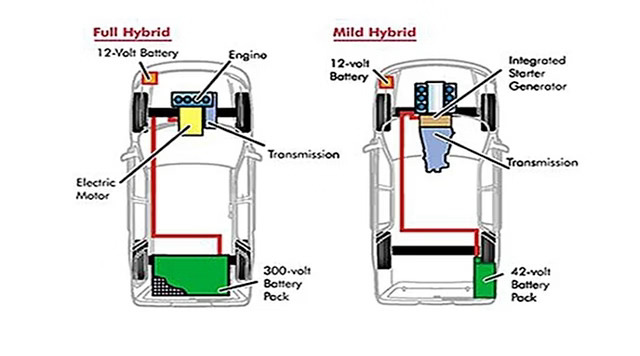
Full hybrid
Like mild hybrid cars, full hybrid vehicles come with a petrol engine and an electrical component. However, the electrical component of a full hybrid vehicle is capable of handling many more workloads than that of a mild hybrid vehicle. Most full hybrid cars can go some distance on electric power alone. This usually happens at lower speeds around town, but this is one of the reasons you may see a full hybrid city MPG rating higher than its highway MPG rating (whereas in standard petrol-powered vehicles, the opposite is true).
When it comes to fully hybrid vehicles, there are two main types of powertrains; Parallel Hybrid and Series Hybrids.
With parallel hybrid transmissions, the engine can be started in one of three ways: directly through the engine, directly through the electric motor, or through both systems working together.
In a series hybrid, the wheels are powered solely by the electric motor, and the petrol engine provides power to the electric motor, like a generator. The petrol engine doesn't actually drive the wheels.
With advances in hybrid technology, some vehicles operate as a combination of the two (aptly referred to as "series-parallel" hybrids), with the on-board computer system choosing the most efficient way to operate at any given time.
Full hybrids charge their battery system in the same way as mild hybrid systems, using petrol engine power and regenerative braking.
Plug-in hybrids
All of the hybrid vehicles we've discussed so far only charge their batteries internally. The main difference with plug-in hybrid cars is that these vehicles can charge their batteries through external and internal chargers. As a result, plug-in hybrids typically have longer electric-only ranges than full hybrids. Plug-in hybrids essentially serve as a middle ground between fully hybrid vehicles and fully electric vehicles.
Electric vehicles with Range Extender Hybrids
While not all electric cars technically don’t qualify as hybrids, some do come with a small petrol engine to provide cushion when needed. When an electric vehicle runs out of power, it will need to be charged before it is ready to go again. This hybrid with range extender uses the petrol engine to charge the battery or power the electric motor so you don't get stuck. Depending on the size of the petrol engine, this can mean anywhere from a few dozen miles to hundreds of miles.
Also Read: IPL 2023 partners with this electric car to boost EV market in India
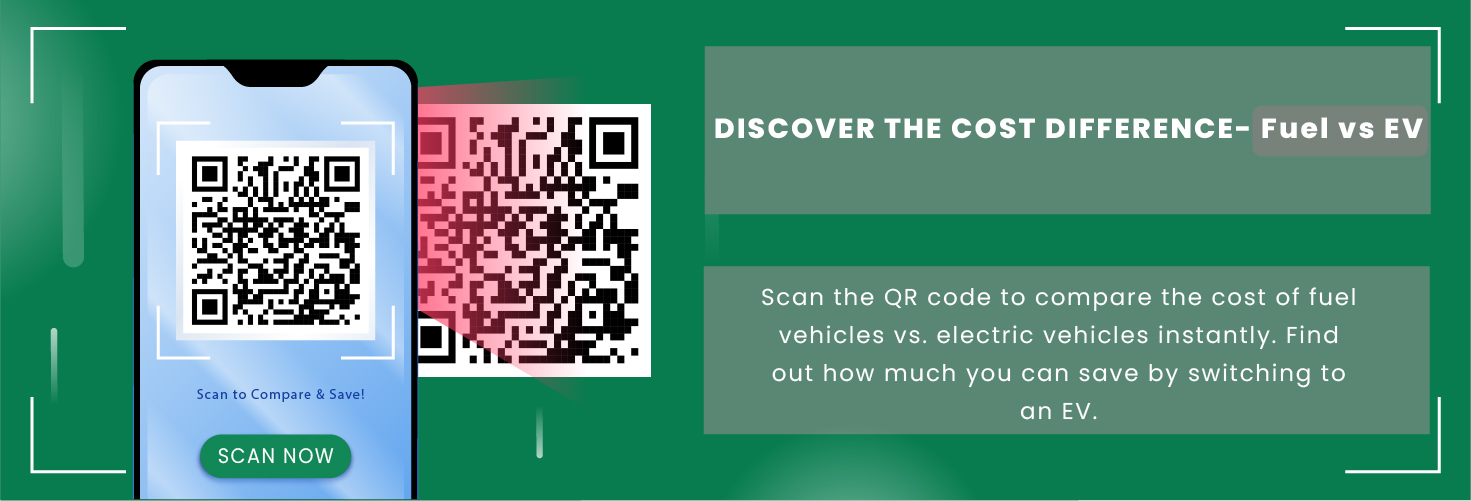
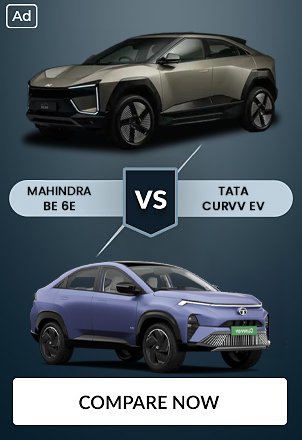
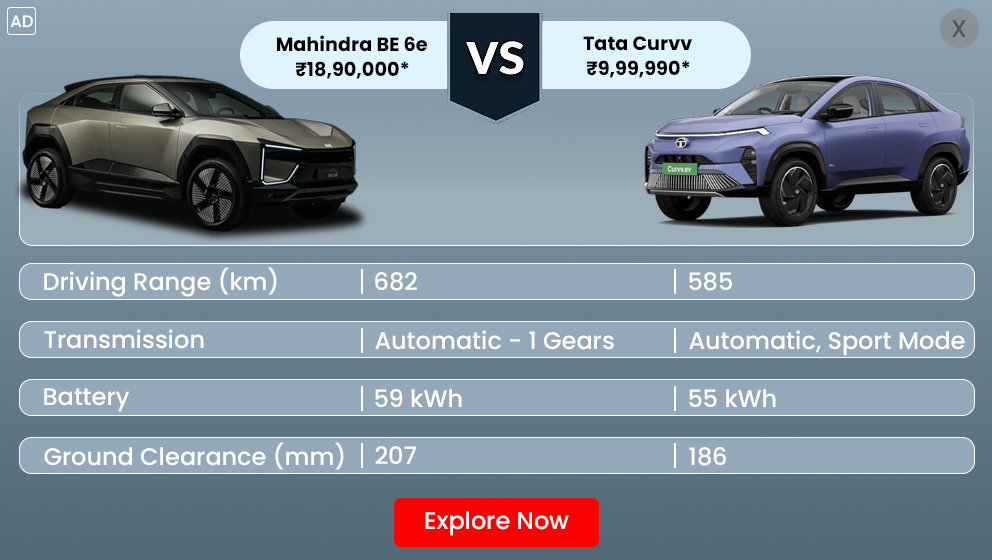

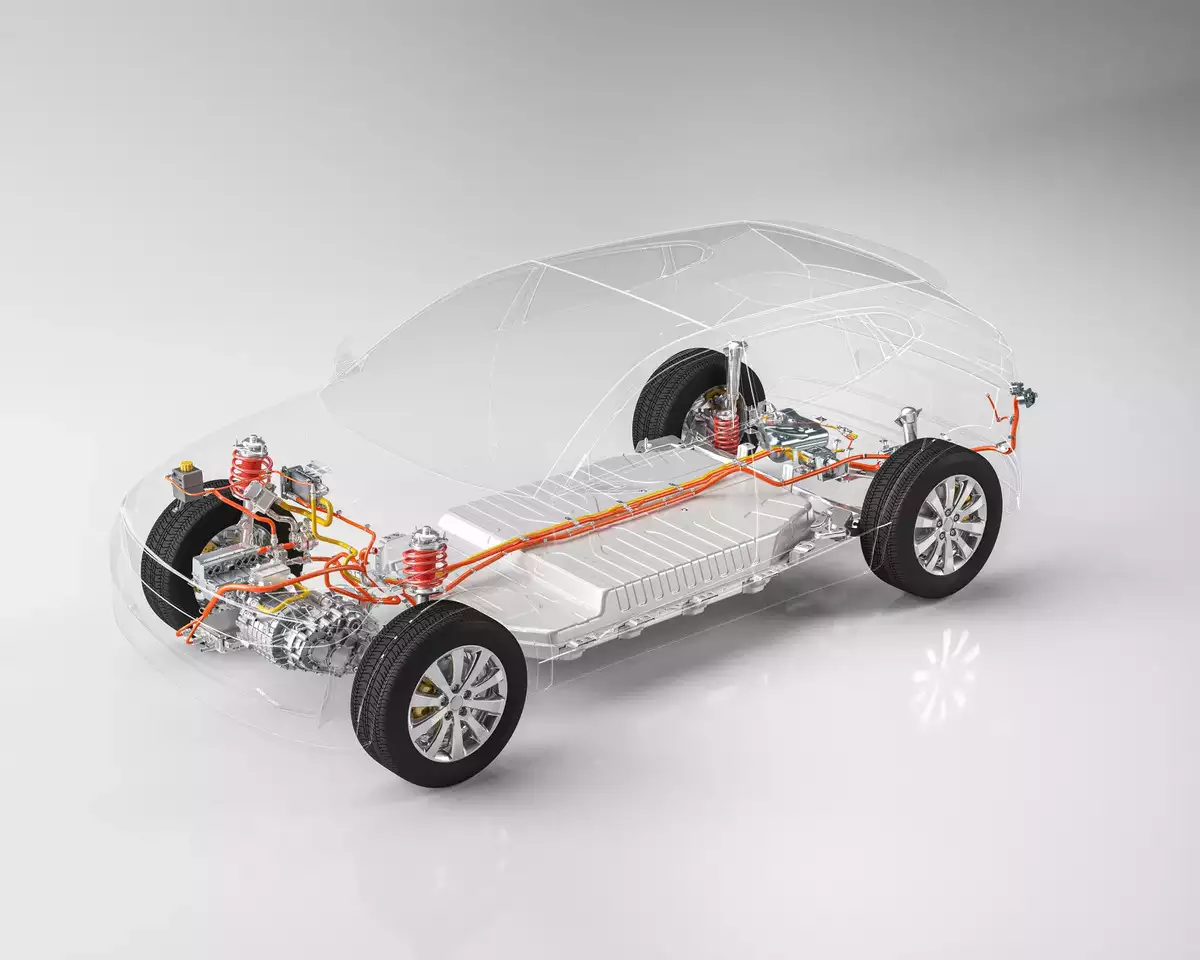
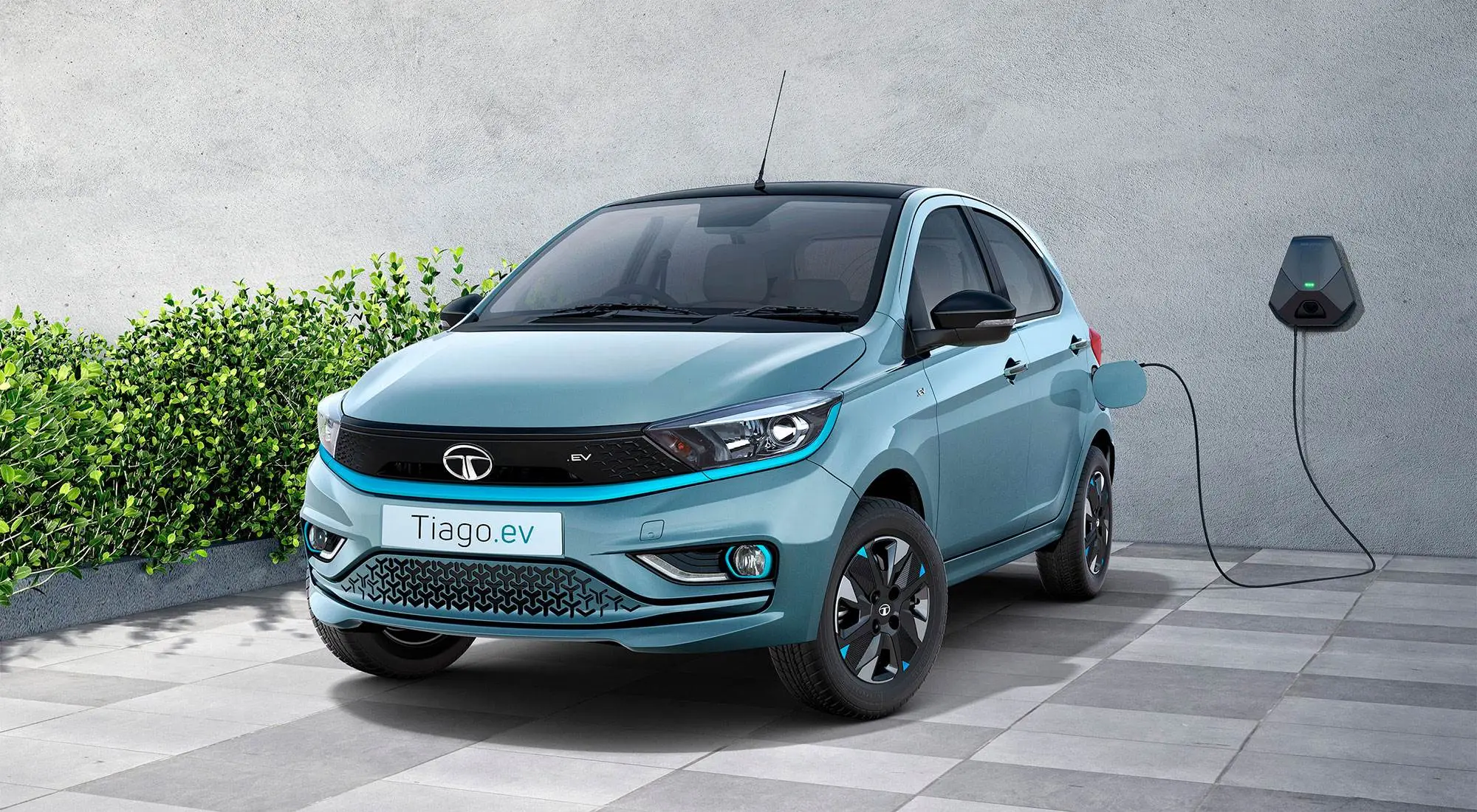
_1680521680.webp)

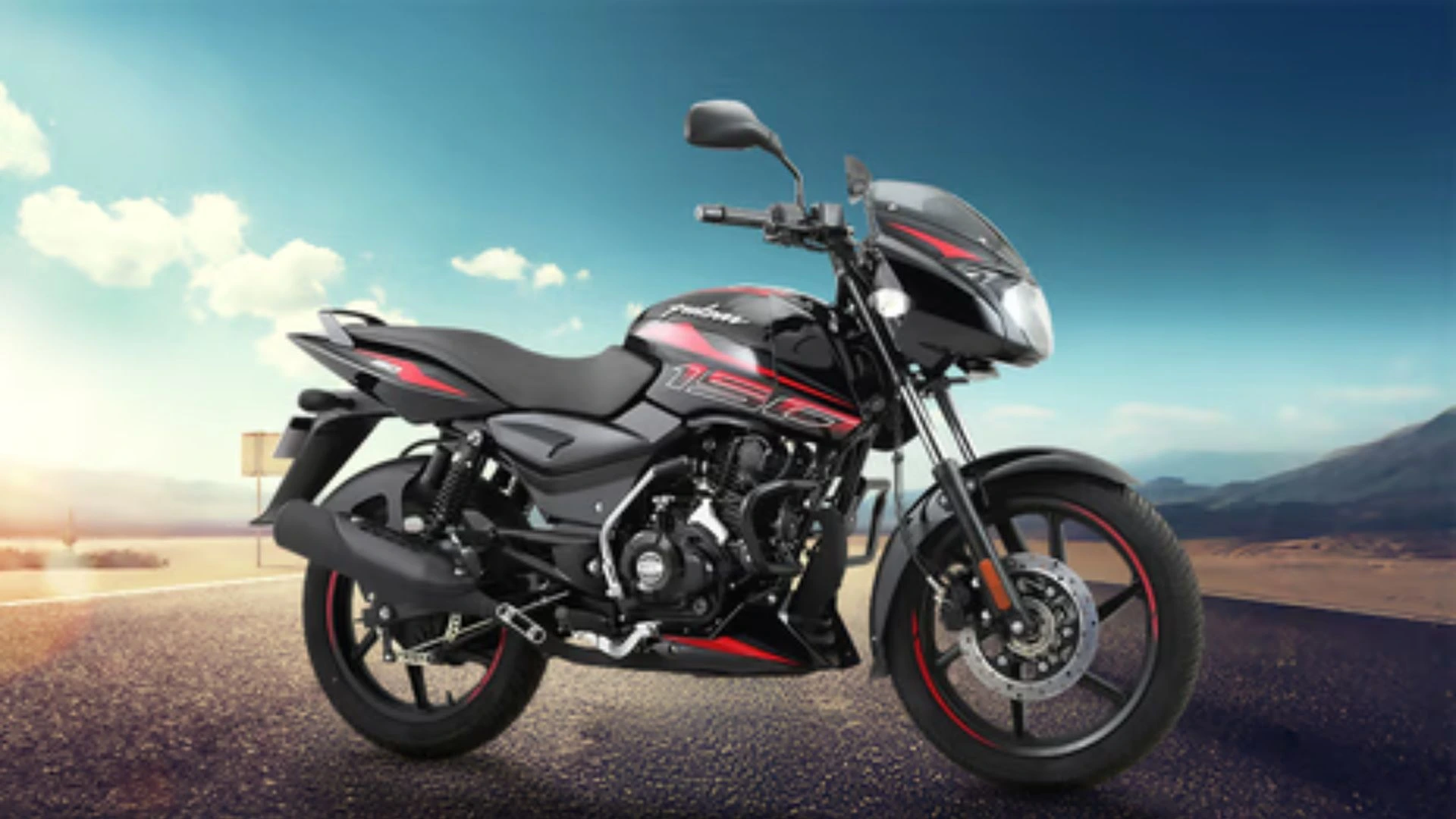
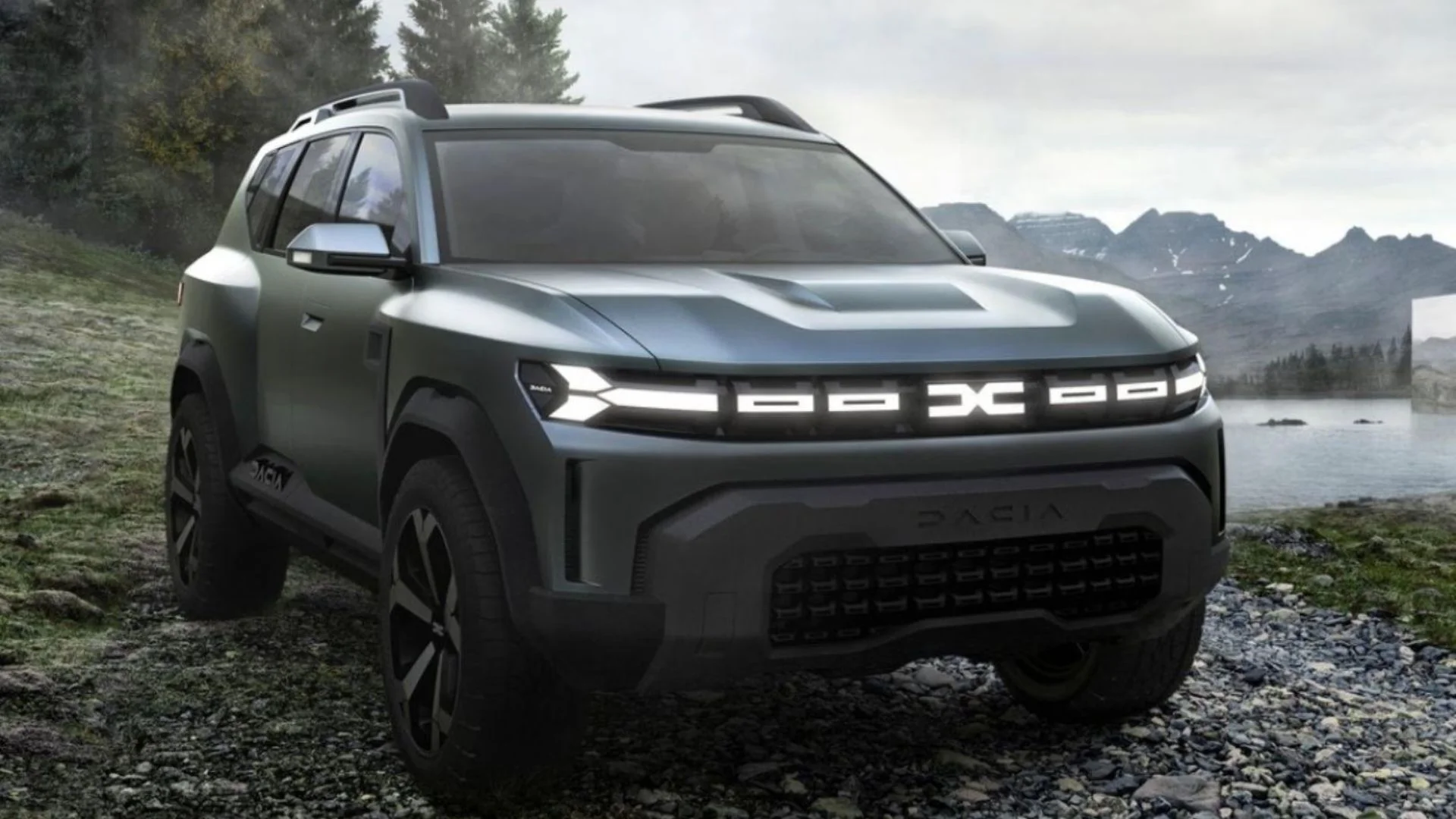
_1766570474.webp)